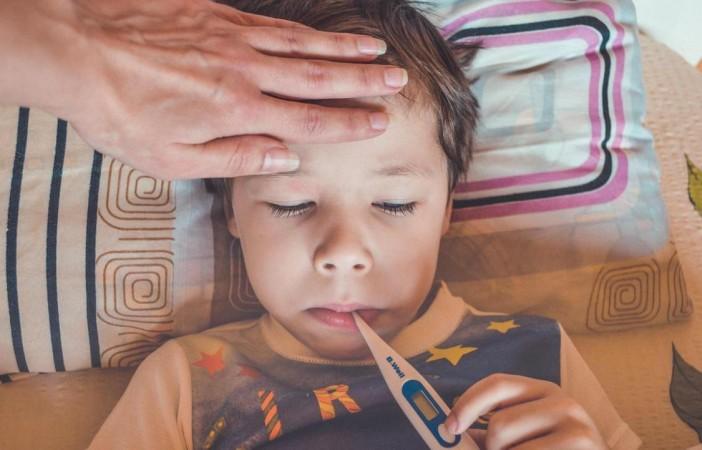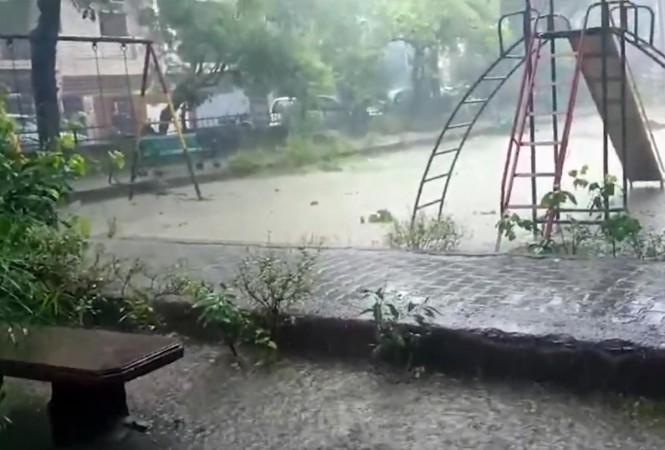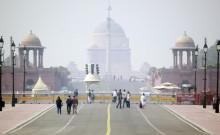
In the bustling city of New Delhi, medical professionals are raising alarms over a significant increase in cases of a highly contagious viral illness known as Hand, Foot, and Mouth Disease (HFMD). This surge, primarily affecting infants and young children, is being propelled by the monsoon season, which provides an ideal environment for the virus to flourish.
HFMD is a common viral illness characterized by a combination of symptoms including fever, sore throat, mouth sores, and a rash on the hands and feet. The disease is caused by various enteroviruses, most commonly Coxsackievirus A16 and Enterovirus 71. The highly contagious nature of the disease makes outbreaks common in settings where young children gather, such as daycares and schools.
Dr. Krishan Chugh, Principal Director and HOD of Paediatrics at Fortis Memorial Research Institute in Gurugram, reported a significant increase in the number of cases. We are seeing 4-5 cases every day, which is much higher than the average cases we used to see, he said. The cases are particularly seen among children aged 1-7.

Monsoon Season: A Breeding Ground for HFMD
The disease typically begins with a fever, often accompanied by a sore throat and a general feeling of malaise. This is followed by painful sores or blisters appearing in the mouth, on the palms of the hands, and soles of the feet. These sores can be quite uncomfortable, making eating and drinking difficult for affected children. The rash on the hands and feet may appear as small red spots or blisters. In some cases, particularly with Enterovirus 71, the disease can lead to more severe complications such as viral meningitis or encephalitis.
The virus spreads easily through close personal contact, respiratory droplets (coughing, sneezing), and contact with contaminated surfaces or feces. Dr. Atul Gogia, senior consultant and head of Infectious Diseases at Sir Ganga Ram Hospital, explained, It is usually self-limiting and settles in two weeks or so. It is spread by close contact, respiratory droplets and skin contact. Treatment is most symptomatic and prevention is to avoid close contact and respiratory isolation.
Dr. Poonam Sidana, Director- Neonatology & Paediatrics at the CK Birla Hospital, Delhi, added, The hot and humid weather creates an ideal environment for the virus to thrive, leading to this increase. It tends to peak in the rainy season."

Vigilance and Prevention: Key to Containing HFMD
In recent days, there have been reports from Kerala of an epidemic sickness known as tomato fever. However, doctors note that it is a misleading term and is actually a hand, foot and mouth disease. Dr. Chugh called out parents and caregivers to be vigilant. "It's crucial to be aware of the symptoms, which include fever, mouth sores or blisters, and a rash on the hands and feet. We urge parents to seek immediate medical attention if they suspect their child has HFMD," he said.
Historically, outbreaks of HFMD have been reported in various parts of the world. In 2008, China experienced a large outbreak of HFMD caused by Enterovirus 71, which resulted in numerous fatalities. In the United States, HFMD is more common in the summer and fall. However, in tropical climates like India, HFMD can occur year-round but tends to peak during the rainy season.
In conclusion, the surge in HFMD cases in Delhi is a cause for concern, particularly among young children. Parents and caregivers are urged to be vigilant and seek immediate medical attention if they suspect their child has HFMD. The medical community continues to monitor the situation closely, emphasizing the importance of preventive measures such as avoiding close contact, practicing respiratory isolation, and maintaining good hygiene to curb the spread of the disease. The fight against HFMD is a collective effort, and everyone has a role to play in ensuring the health and safety of our children.

















